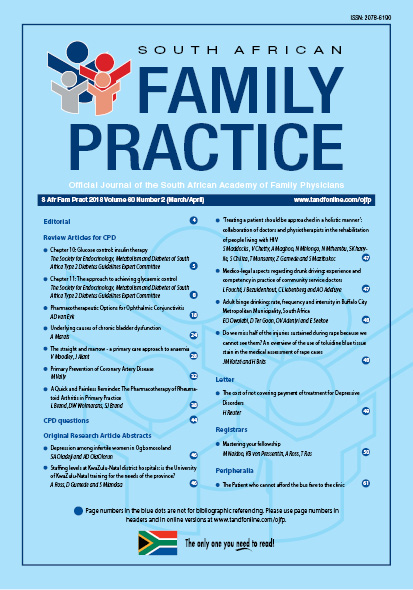Chapter 11: The approach to achieving glycaemic control
Keywords:
glycaemic control
Abstract
Type 2 diabetes is a heterogeneous disease, with the underlying mechanism ranging from predominantly insulin resistance with relative insulin deficiency, to predominantly an insulin secretory defect with lesser degrees of insulin resistance. The relative contribution of each abnormality varies between individuals, as well as within the same individual at different stages of the disease. People with type 2 diabetes are heterogeneous; diabetes is prevalent across all socio-economic strata, ethnic groups, age groups and weight categories, in individuals with highly variable nutrient intakes and levels of physical activity.1 In addition to phenotypic heterogeneity, there is genetic variability which may play a role in susceptibility, both to the disease itself or its complications.2 The response to treatment is heterogeneous; we see diversity in responses to the same treatments even in patients with near-identical phenotypes. It seems intuitive then, that a single uniform approach to management of such a heterogeneous disorder is unlikely to be successful. The optimal pharmacological approach to glucose control for any individual patient varies, which is why many international guidelines have endorsed individualised management, with no restriction on the choice of glucose lowering drug after initial metformin therapy.3–7 The concept of patient-centred care incorporates patients as partners in their healthcare. In practice, this means providing care that is “respectful of and responsive to individual patient preferences, needs and values, and ensures that patient values guide all clinical decisions”.3 These guidelines also have a broad target audience that includes health care professionals at all levels of expertise.
Section
Review Articles
By submitting manuscripts to SAFP, authors of original articles are assigning copyright to the South African Academy of Family Physicians. Copyright of review articles are assigned to the Publisher, Medpharm Publications (Pty) Ltd, unless otherwise specified. Authors may use their own work after publication without written permission, provided they acknowledge the original source. Individuals and academic institutions may freely copy and distribute articles published in SAFP for educational and research purposes without obtaining permission.

